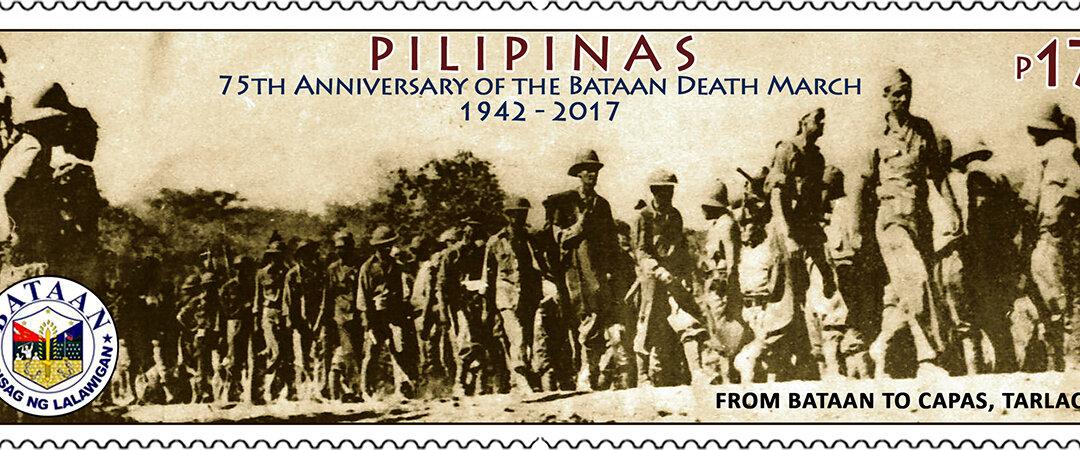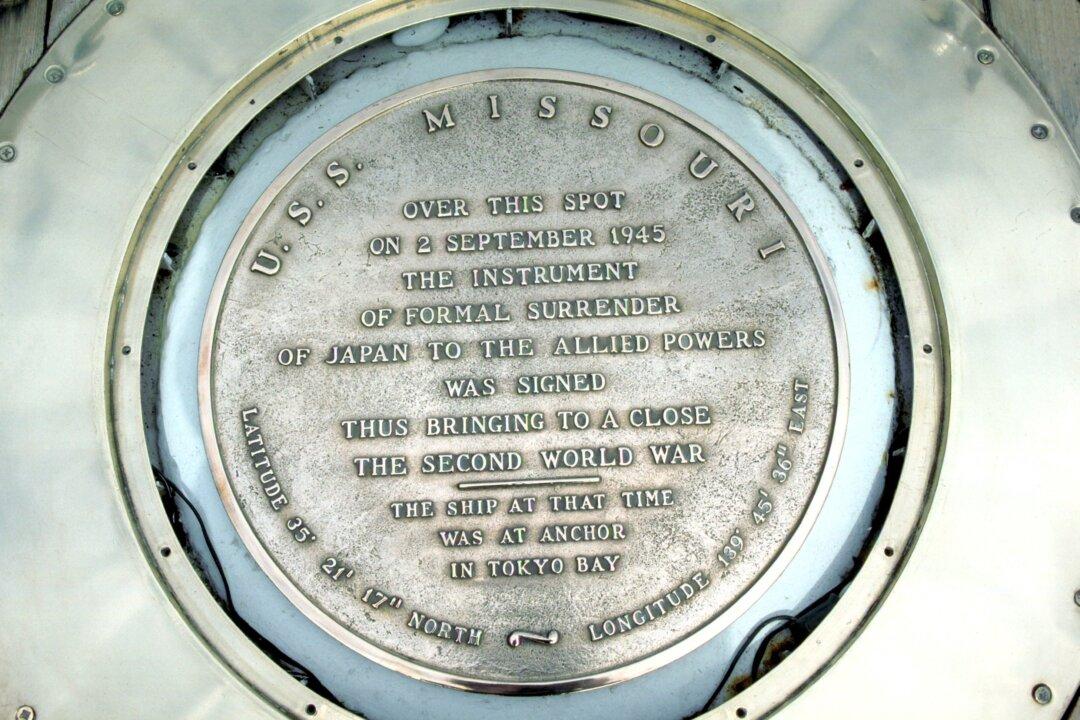Many have tested their brute strength in a battle of tug-of-war at a function like a family reunion or corporate team building retreat. But few know that the popular backyard activity was once a highly competitive Olympic event.
Although the exact origins of tug-of-war are unknown, the earliest depictions of a rope pulling competition were found in Egyptian tomb engravings dating back more than 4,000 years. Since then, many ancient civilizations have competed in some version of tug-of-war. Around 500 B.C., Greek athletes competed in the sport or used this test of strength to train for other sports.

Tug-of-war events were a bit different than other sports; competitors from other events were welcome to join. Countries could also enter more than one club to compete in the tug-of-war, which meant that a country could take home more than one medal in the event. The medals were determined using the Bergvall system, which held separate competitions for the gold, silver, and bronze medals.
During the inaugural Olympic tug-of-war battle in 1900, only 12 competitors played on two teams. The Scandinavian team, consisting of three pullers from Denmark and three from Sweden, took home the gold. In the 1904 St. Louis, Missouri Olympic Games, the four teams the United States entered dominated the competitions by snagging the top four places in the event, followed by the teams from Greece and South Africa.
The 1908 London Olympics saw the first tug-of-war controversy. This time, with teams of eight pullers on each side of the rope, the competition was filled with police officers competing. Controversy stirred when the U.S. team complained that the Liverpool Police team wore heavy boots that gave them an unfair advantage.
The American protest was denied, securing Great Britain’s victory of the gold, silver, and bronze medals. At the end of the competition, the Liverpool Police team offered to battle the Americans in bare feet, but the Americans refused the offer.
Matt McGrath, a New York City police officer, competed on the U.S. tug-of-war team in 1908. He made a name for himself dominating the hammer throw competition during four separate Olympic Games. His one gold and two silver Olympic medals, added to his two Medals of Valor awards earned during his career.
Athletes last competed in the tug-of-war event in the 1920 Olympic Games with Great Britain earning the event’s final gold medal and becoming the all-time tug-of-war champions with a total of five medals in the sport. The last tug-of-war gold medal now resides inside the City of London Police Museum.

After the 1920 Olympics, tug-of-war was cut along with many other sports as an effort to reduce the number of competitions and athletes. Some have expressed interest in bringing tug-of-war back to the Olympics, but it is not on the slate for the 2028 Olympic Games.








